30+ Sample Plan of Action
-

University Action Plan Template
download now -

Security Action Plan Template
download now -

Audit Action Plan Template
download now -
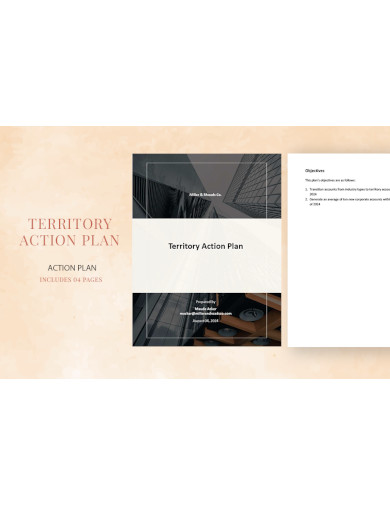
Territory Action Plan Template
download now -
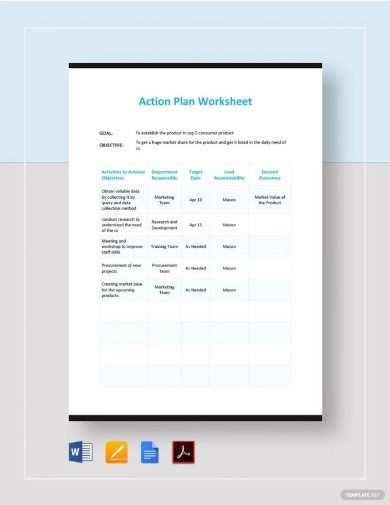
Action Plan Work Sheet Template
download now -

Sample Plan of Action
download now -
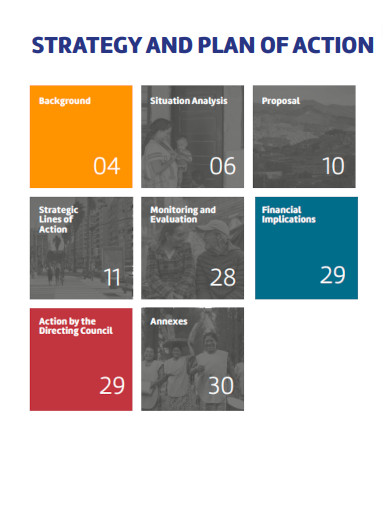
Strategy Plan of Action
download now -
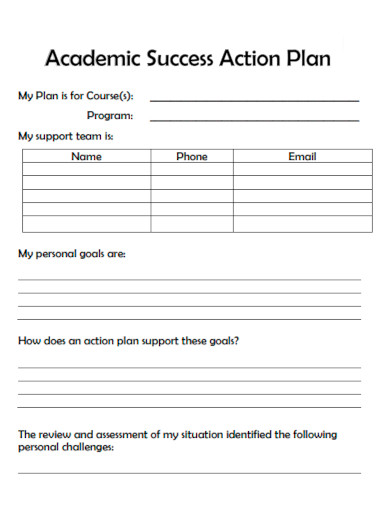
Academic Success Action Plan
download now -
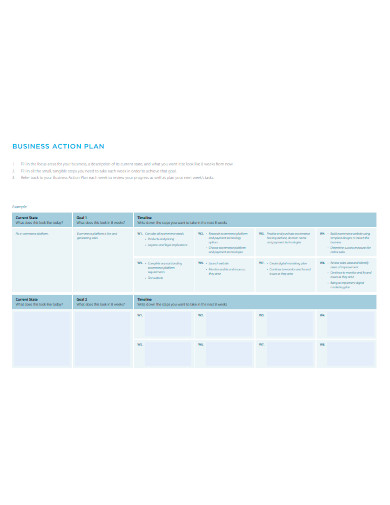
Business Plan of Action
download now -
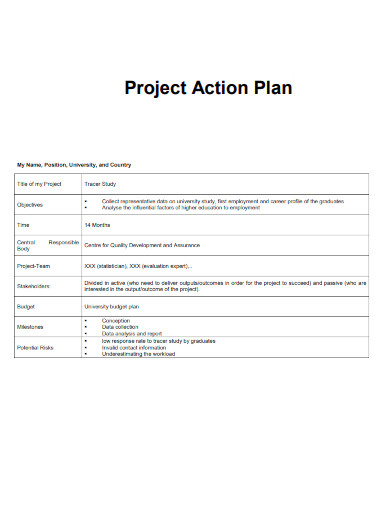
Project Plan of Action
download now -

Marketing Plan of Action
download now -
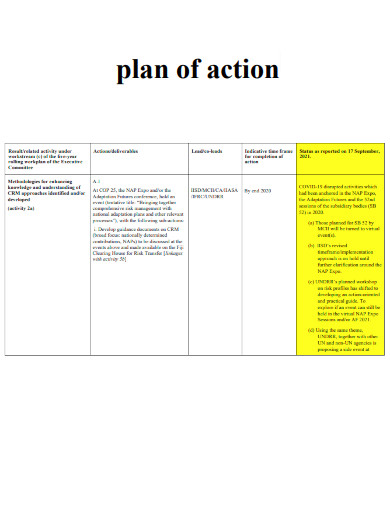
Simple Plan of Action
download now -
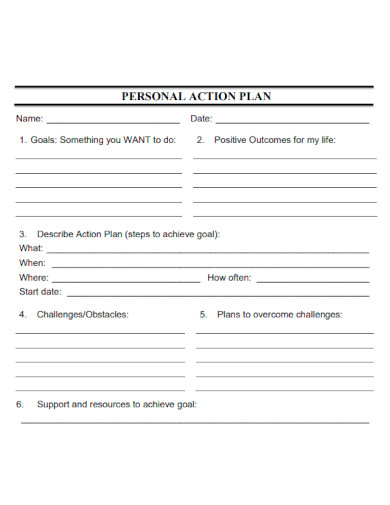
Personal Plan of Action
download now -
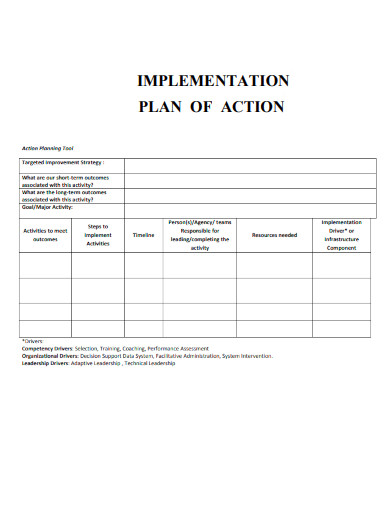
Implementation Plan of Action
download now -
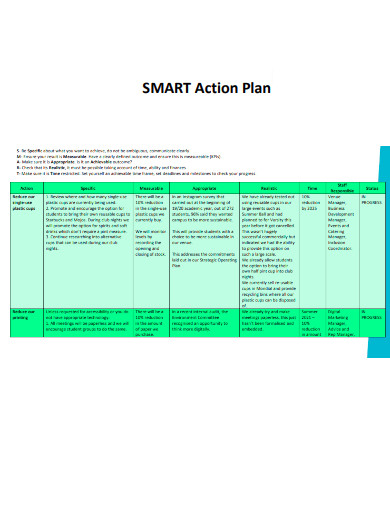
SMART Plan of Action
download now -
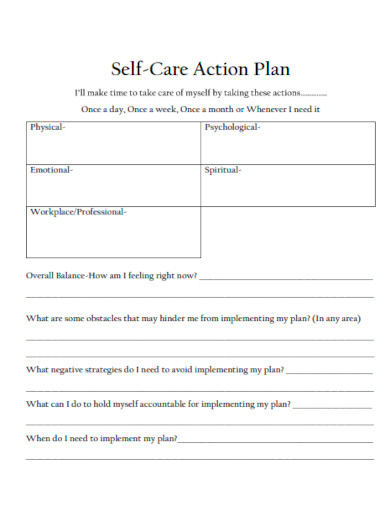
Self Care Plan of Action
download now -

Plan of Action in PDF
download now -
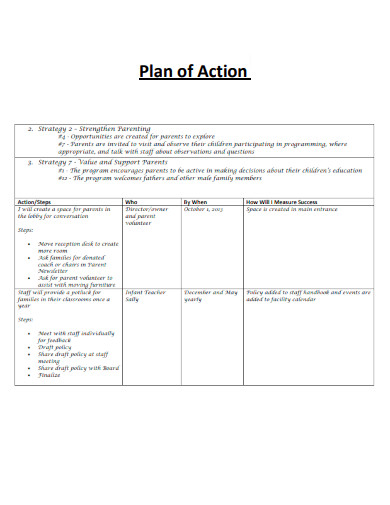
Basic Plan of Action
download now -
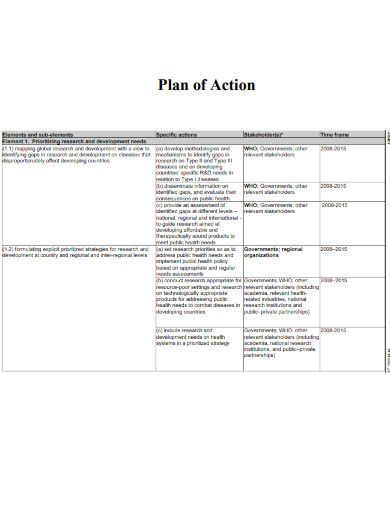
Objective Plan of Action
download now -

General Plan Implementation Action
download now -
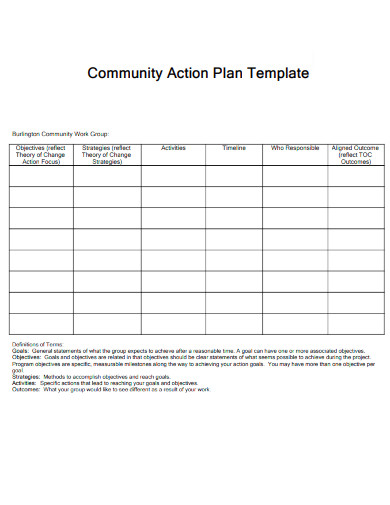
Community Plan of Action
download now -
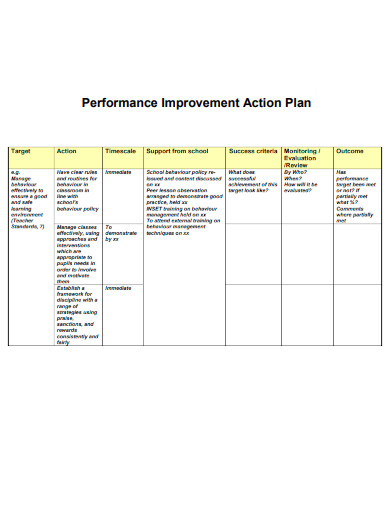
Performance Improvement Plan of Action
download now -
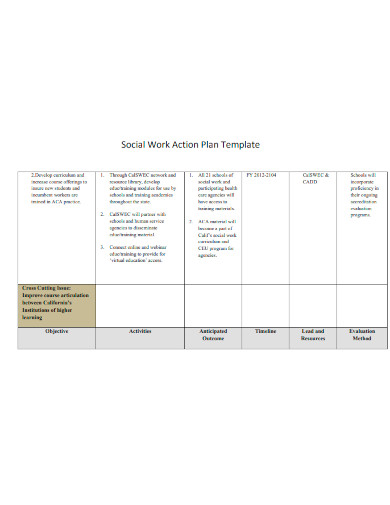
Social Work Plan of Action
download now -

Health Plan of Action
download now -
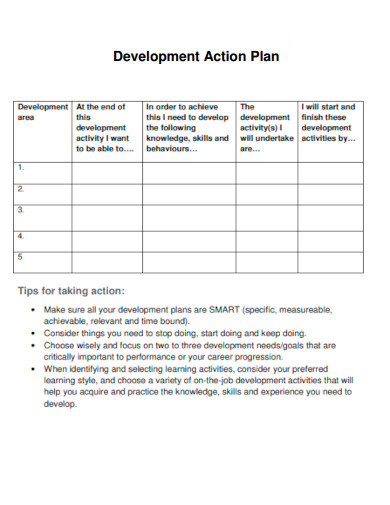
Development Plan of Action
download now -
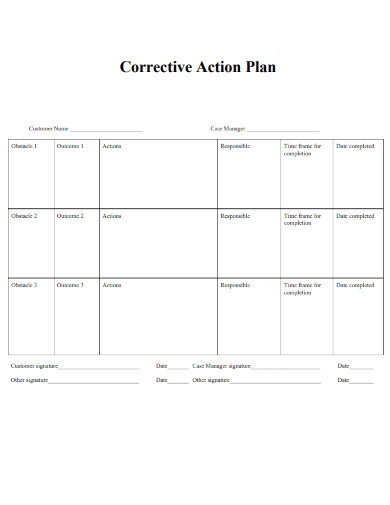
Corrective Action Plan
download now -
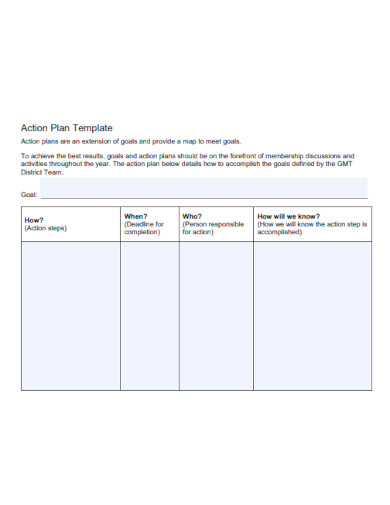
Plan of Action Format
download now -
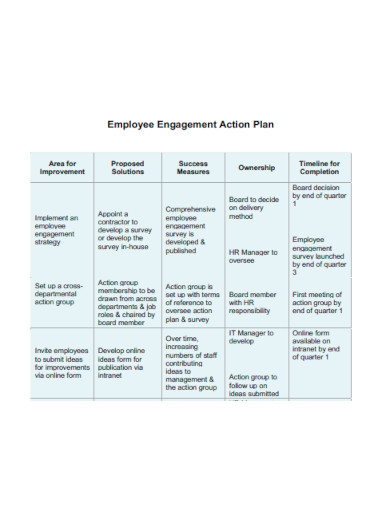
Employee Plan of Action
download now -
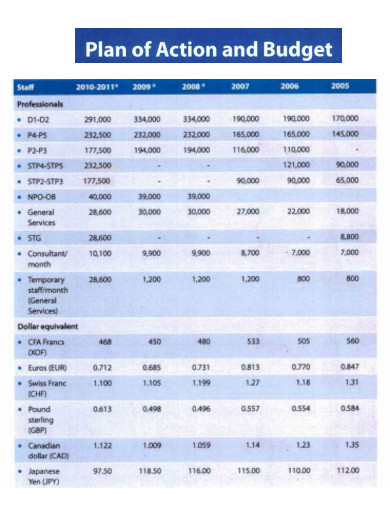
Budget Plan of Action
download now -

Elementary School Plan of Action
download now -
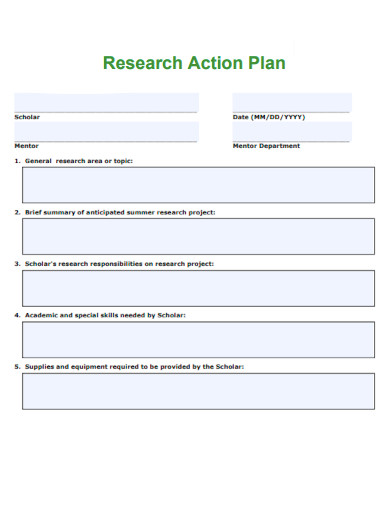
Research Plan of Action
download now
FREE Plan of Action s to Download
30+ Sample Plan of Action
What Is a Plan of Action?
Benefits of Plan of Action
Tips for Creating a 5-Year Action Plan
How to Create a Plan of Action for Your Business Strategy
FAQs
How do you evaluate the success of an action plan?
Why is it important to analyze the benefits and risks of an action?
What are the benefits of strategic planning in education?
What Is a Plan of Action?
A plan of action is a document that outlines the duties you must complete to achieve your objective. In addition, it divides the process into actionable tasks based on a timeline. A good plan will summarize all the necessary steps to achieve your goal and help you achieve your objective efficiently by designating a timeframe for each process step. Depending on your requirements and preferences, this document can be used to select single or multiple goals.
Benefits of Plan of Action
As stated, an action plan ensures everyone interested in a project knows what must be done, when, and by whom. A plan of action provides a comprehensive summary of the project management game plan, making it simpler to allocate resources and ensure everyone understands the required tasks, personnel, and tools. Also, they enable the project manager to monitor team progress toward specific milestones and assess performance to make necessary adjustments to the plan to reach the desired objectives. Here are the reasons why individuals should become an expert at action planning:
Tips for Creating a 5-Year Action Plan
A five-year plan is a long-term, strategic plan for accomplishing particular objectives. Frequently, five-year plans include personal, career, financial, and relationship-related objectives. Typically, the plan comprises a document containing a list of all long-term goals and a breakdown of the actions required to achieve those objectives. Creating a five-year plan requires extensive planning and contemplation. However, the benefits of a five-year plan are worthwhile. Follow these steps to create a five-year plan that is achievable and actionable for yourself:
1. Determine the Breadth of Your Plan
Begin goal setting by identifying specific categories. Choose whether your five-year plan will concentrate on one area, a few areas, or all areas. Write the title of each area at the top of each sheet of paper. Next, consider the potential objectives for each category. Consider creating SMART goals. To help you establish these objectives, make two columns for each target category on a separate sheet of paper. In the first column, list potential objectives you would like to achieve within the next five years. In the other column, identify the skills, experiences, and strengths that will assist you in achieving your potential objectives. Repeat for each objective category.
2. Establish Long-Term Objectives
Examine your list of potential objectives and the skills and experiences you possess to help you attain them. Choose a single goal for each category based on its applicability to SMART metrics and your list of supports. Next, investigate the most effective means of achieving each objective. Consider reading books written by experts in the field, conversing with friends, colleagues, or mentors who have attained the goal, or consulting other goal-specific information sources to determine what you’ll need to do within the next five years to reach your objective.
3. Identify Annual Goals
Utilize the research results to establish annual benchmarks. These objectives should help you achieve your long-term goal but should be more limited in scope and scale. Also, consider your year one objective. Create a monthly breakdown of the steps required to achieve this objective. Consider establishing weekly or even daily actions, if necessary or beneficial, to help you maintain focus on your goal.
4. Determine Your Focus
Consider why you wish to achieve this objective. Recognizing your motivation for pursuing this objective will help you stay focused and defined throughout the weeks, months, and years of hard work. Write the reason(s) on a piece of paper and post it in a location where you will frequently see it. Once the plans have been drafted, it is time to take action. Follow the measures outlined in the preceding steps to achieve your long-term objectives. As you begin performing towards your goals, you may discover that you need to be more or less specific in your short-term plans. Modify as necessary.
How to Create a Plan of Action for Your Business Strategy
Numerous businesses believe that strategic planning could have been a better use of time and money because it did not result in significant changes or solutions. One of the most common causes of planning failure is an inadequately designed or executed action plan. This instrument — the central output of strategic planning — may provide only nebulous suggestions or lofty objectives without specific actions to achieve them. Moreover, initiatives may be impractical and developed without team consultation or consensus. If you are still intrigued, here are some suggestions to consider.
1. Engage Your Team Early
Participation by your team will make or destroy the action plan. They should be involved from the start in developing the action plan and other strategic plan elements. Managers involved in strategic planning should hold a brainstorming session with their teams to discuss projects, specific steps to include in the plan of action and implementation strategies. The objective is to take a large number of excellent suggestions, filter them to identify the most important ones, create a brief list to study in-depth, and then concentrate on a few critical actions with the most significant potential to assist the community in achieving its strategic goals and desired future state.
2. Provide Specifics for Each Action
The plan of action is typically presented as a single-page spreadsheet listing initiatives by function. Actions may be straightforward one-time projects, repeatable actions, or larger projects. The spreadsheet includes a key performance indicator for each action, the names of those responsible or involved in the initiative, and an execution schedule. The spreadsheet may also designate the industry as a low, medium, or high priority.
3. Include a Timeline
Typically, action plans span twelve months. The spreadsheet includes a monthly column for each initiative to enumerate tasks that must be completed throughout the year. There are additional columns for each quarter of the remaining years of the strategic plan. In addition, many action plans fail because they must allocate adequate human and financial resources to complete initiatives. Ensure that sufficient time, resources, training, and funds are allocated.
4. Establish a Process for Follow-up and Measurement
The action plan should specify implementation tracking measures. These can be milestones or quantifiable measurements. Determine how you will ensure the action plan’s steps are carried out. This may include internal reporting and regular progress meeting minutes. Typically, meetings are conducted monthly, with quarterly in-depth reviews. Meetings allow you to recognize and reward employees for successes, determine where you’ve fallen behind, and analyze why so that you can make the necessary corrections.
5. Communicate the Plan
Ensure that all employees understand the action plan and their participation in its implementation plans. Explain its benefits to the organization and its employees. People may resist change, but they must be informed that change is inevitable and necessary for the survival and success of the business. They must be reassured that the plan will not cause complete disruption and will be implemented in stages. You must address people’s concerns and reassure them about the changes.
6. Keep the Strategy Alive
A plan of action is not set in stone. It should be agile, flexible, and responsive to implementation issues and changes in the external and internal environments. You may need to modify your actions, priorities, or even more significant goals. Request feedback evaluation frequently from your team. Regularly discussing the action plan is an effective method to keep the strategic plan alive and at the forefront of everyone’s mind. Discuss it wherever you can. Hold every team member accountable for the tasks list they were assigned.
FAQs
How do you evaluate the success of an action plan?
You should include a list of the metrics you will monitor in the action plan you create to support your business strategy. These can be broken down into milestones (completing a task or project by a specific date) and quantifiable performance standards (such as revenue and profit growth).
Why is it important to analyze the benefits and risks of an action?
It is essential because actions can pose various risks, some of which may not be readily rectifiable. For instance, if a hazardous operation is performed on a patient without a life-threatening illness, it may not be the most prudent course of action, as the risk will likely outweigh the potential benefit.
What are the benefits of strategic planning in education?
A strategic plan facilitates decision-making, flexibility, and innovation. A strategic plan assists educational institutions in remaining adaptable during periods of change and in defining their student success objectives and larger organizational goals more precisely.
A plan of action is utilized in numerous contexts, including business initiatives, personal objectives, crisis management, and disaster recovery. They provide structure and direction, enabling individuals and teams to work efficiently and accomplish their goals. Are you prepared to develop your action plan for work? Examine a few of our examples to see what you can use today.
